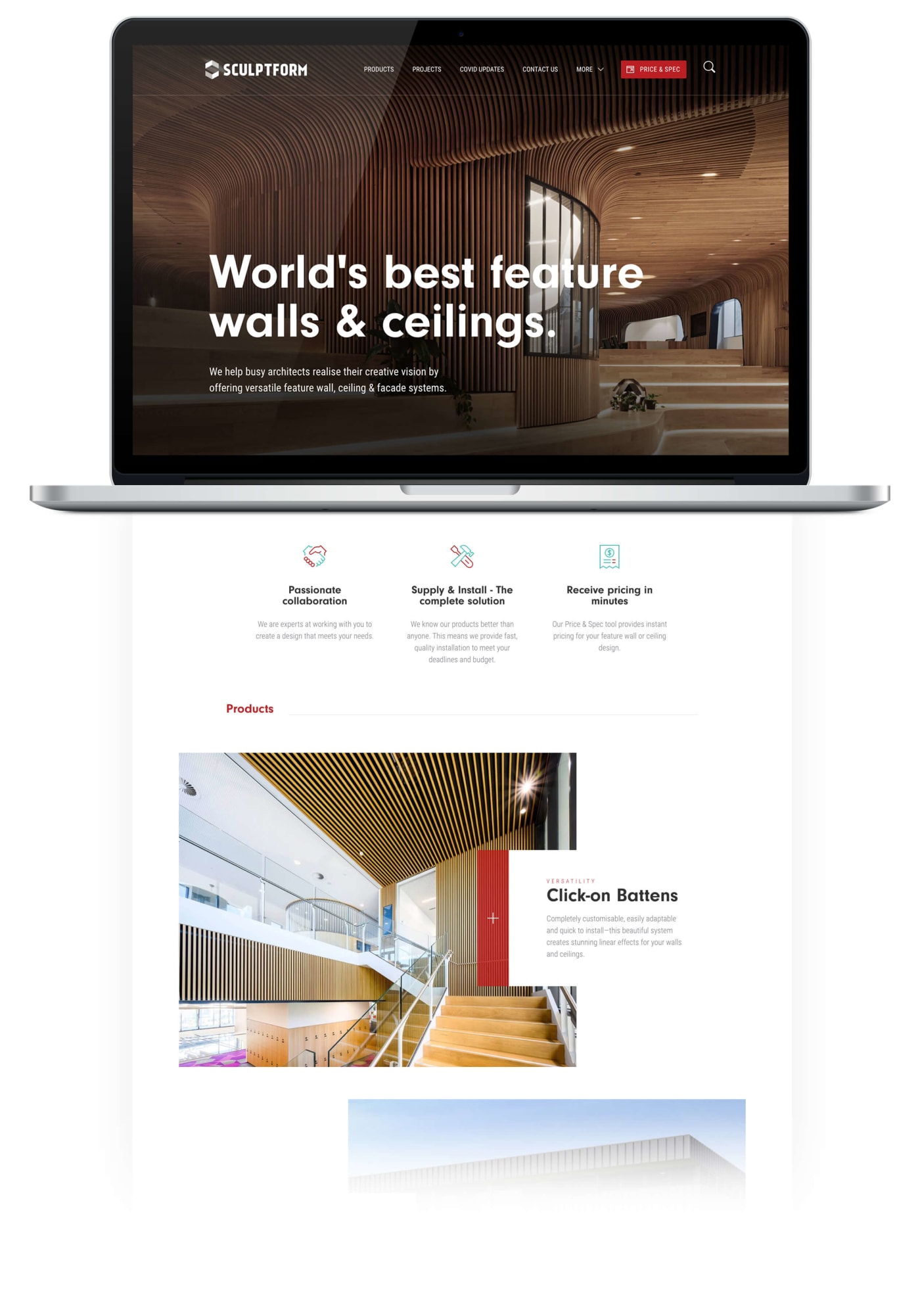Thanks!
We got your message and will be in touch as soon as possible.
Nice to meet you!
We'd love to hear more about you and your ideas.
The Latest

20 Aug 20
|
Websites
The 5 essential components of a high-performing website
'Roundup' is the collection of key stuff we've either been reading, discussing or working on during the month at Avenue.
Different organisations will need their website to perform specific functions, whether that be information transfer, online sales or more focused on being an engaging lead generation tool.
No matter what the website’s purpose, there’s 5 essential, over-arching components that make a high-performing website:
1. Purposeful, business driven objectives.
The first thing you need to ask yourself is WHY? What is the actual purpose of the website?
This ensures the site moves beyond just ‘ticking a marketing box’ and actually serves an integral business need, such as either growing the business through sales or leads, or building brand loyalty through enhancing customer experience by providing an essential function or information.
It’s essential to actually define these objectives before you do anything else, as this will drive everything that follows.
2. Customer first approach.
This should focus on defining who you are, what’s your purpose and what separates you in the marketplace.
This allows a ‘Content first’ model that drives the website’s purpose, design and functionality.
Too many companies buy a cheap website template and then either try to create, or try to fit their content to suit the design of the template – it should always be the opposite approach;
- Define who you are, and the purpose of your website.
- Create content that effectively communicates this.
- Custom design the website to meet these objectives.
3. Outstanding brand and user experiences that are targeted to the main audience/s.
This focuses on a UX design that ensures the website is engaging, with user-flow, call to actions and functionality that serves an important purpose and is intuitive to use across all devices.
From a visual design perspective, the website design needs to speak about your business, clearly branding and positioning you in the marketplace.
You should always follow a ‘content-first’ approach that drives the websites purpose and user experience.
4. Website page load speed.
This is now the most important website factor, as Google now penalises sites in it’s rankings that are slow to load. This is due to slow sites delivering poor user experience.
This is now the most important website factor, as Google now penalises sites in it’s rankings that are slow to load. This is due to slow sites delivering poor user experience.
5. Continual improvement philosophy.
Too many companies build and then forget, but successful websites are never finished. They require regular analysis and refinement to grow and continue to provide stakeholder value.
It’s imperative that thorough analysis of website usage and performance is done with a ‘continual improvement’ model in place where informed decisions on enhancements and refinements to the site can be made based on real data.
Your website is never finished. It requires regular analysis and refinement to grow and continue to provide stakeholder value.
So how does this look in practice?
A fantastic example of a website that follows the above 5 principles is the one we did for Sculptform.

